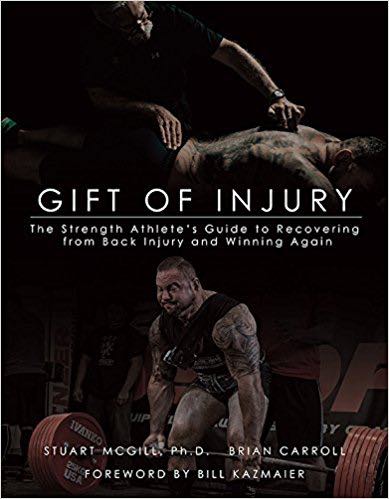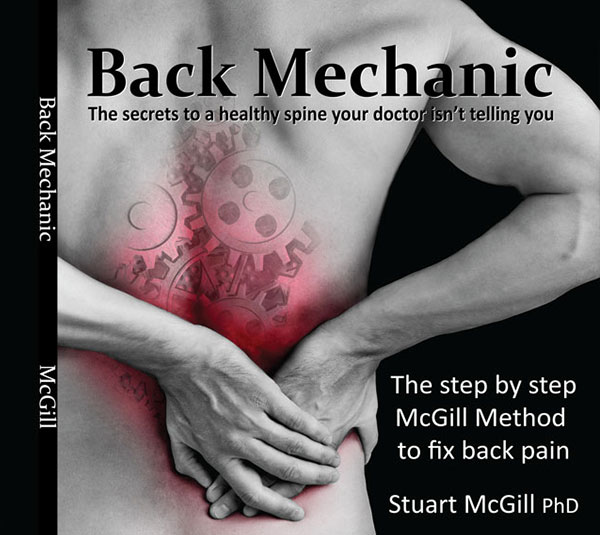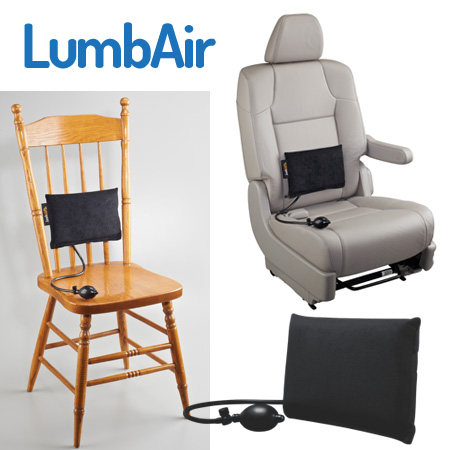31 Oct MRI Case Study, Pt. 5: When Symptoms, Assessment, and Imaging Finally Line Up
Article Rundown
- A massive L2/L3 disc herniation caused stabbing back pain, hip tightness, and loss of daily function despite generic PT care.
- A thorough McGill-style assessment identified provocative movements, and removing those triggers quickly reduced symptoms.
- After months of spine hygiene and relief-biased training, a follow-up MRI showed dramatic resorption of the herniation and freed nerve space.
- This case highlights that MRIs matter when they match assessment findings, and that disciplined movement and patience can prevent unnecessary surgery.
Why I’m Sharing This One
I’ve said this for years: you are not your MRI. At the same time, there are situations where the imaging absolutely matters—when it lines up cleanly with a thorough assessment, the person’s history, and the specific motions that provoke their symptoms. This case is a perfect example of that 1:1 match, and what happens when you stop feeding the pain mechanism, clean up your movement hygiene, and give biology enough time to remodel tissue.
This client was in his mid-40s, a former CrossFitter and athlete who came to me from across the country. He had exhausted the medical system, received the standard “bend and stretch” template, flared up constantly, and was just days away from scheduling a microdiscectomy at L2/L3. He wanted answers—not generic PT scripts. We spent a couple of days together going through a full McGill-style assessment.
The Assessment: Identifying the Pain Generator
It didn’t take long to see the pattern. Flexion, extension, and rotation were his primary pain provokers. He described stabbing lumbar pain with no position of relief, which is often the type of situation where people become desperate and consider surgery. He wasn’t a long-term chronic pain case, but the intensity and unpredictability of his symptoms had wiped out his capacity to do even basic tasks. He couldn’t pick up his kids, travel comfortably, or train. When we filtered his exam findings through a biomechanical lens, everything pointed to the upper lumbar spine—specifically L2/L3.
The Baseline MRI: A Big Problem in a Small Space
His initial MRI confirmed exactly what we suspected. On the sagittal view, he had a massive posterior disc herniation at L2/L3 flattening the epidural space and compressing the thecal sac. On axial slices, as we scrolled level by level, the canal went from wide open to completely crowded. Endplate changes—think bone bruising—were present at multiple levels, and he had some anterior bulging and sacral irritation, but those did not match his current symptoms. The assessment-first approach helped us avoid chasing every scar in the spine.
Interestingly, he didn’t have the classic anterior-thigh sciatica that often accompanies upper lumbar disc issues. Instead, he felt stabbing back pain and bilateral hip tightness. That’s an important lesson: dermatomes give us tendencies, not rules.
Building the Plan: Remove the Cause and Rebuild
We started with the unglamorous foundation—spine hygiene. That meant removing the repeated motions and postures that were provoking the disc and replacing them with movement patterns that immediately reduced symptoms. We layered in relief-biased exercises that allowed him to build capacity without poking the injury every day. Instead of stretching aggressively into flexion—which often feels good in the moment but fuels the fire—we reduced mechanical collision and let biology quietly do its work.
A Follow-Up MRI: Biology Keeps Score
After several months of diligent practice, the stabbing episodes faded. Stiffness showed up occasionally, which is normal, but the debilitating jolts became rare and then disappeared altogether. At that point, he wanted to know if the disc actually changed or if symptoms just got quieter. We ordered a follow-up MRI.
The difference was obvious. On sagittal views, the large extrusion had shrunk dramatically and the epidural space was no longer flattened. On axial cuts, the canal was noticeably more open and the nerve roots were free again. The endplate changes remained—those are structural footprints that may be visible forever—but the pain generator itself was no longer active.
Here’s the nuance: no pain doesn’t mean fully healed. The tissue still needs time to remodel, and rushing back into full capacity can reignite symptoms. But when symptoms, assessment findings, and imaging all improve together, you’re looking at a resolved crisis rather than a chronic condition.
How to Make Sense of the Images
When I reference sagittal and axial cuts, I’m talking about two different angles. A sagittal cut is like slicing the body in half from the side; you see the vertebral bodies stacked up, the discs between them, and the canal vertically. An axial cut is like taking a thin slice horizontally and looking down through the body; now you see the canal, the nerve roots, the facet joints, and the paraspinal musculature in cross-section. It’s crucial to understand how these views work so you can see what’s being compressed, and from which angle.
It’s also worth noting that large herniations—the big, dramatic ones—are often more likely to resorb over time than small, contained bulges. As disc height diminishes, the facets take on more load, they can inflame, the ligamentum flavum can thicken, and the canal can be crowded from both the front and the back. This is why assessment matters: you’re not just chasing a picture, you’re chasing the mechanism.
MRI Reports Aren’t Perfect
Radiology reports often use terms like “unremarkable,” even when the person is in excruciating pain. A spine can look fairly beat-up and the person can be symptom-free. A spine can look mildly irritated and the person can be unable to stand upright. That’s why it’s dangerous to treat the report rather than the person in front of you. The assessment has to come first.
The Summary Most People Miss
This case demonstrates why I both downplay and defend MRI. You shouldn’t panic because of what you see on the screen. At the same time, when the assessment and the symptoms match the imaging, the MRI becomes a powerful navigation tool. In this case, removing the mechanical cause reduced the symptoms, and over time, the actual pathology reduced as well. That allowed this client to avoid a microdiscectomy or fusion and return to normal life—playing with his kids, traveling with his wife, and training again with modified exercise prescriptions.
Final Thoughts
You are not defined by your MRI, but you can’t ignore it either. When you find the mechanical triggers, remove the offending motions, and rebuild capacity in pain-free ranges, the biology often takes care of the rest. The key is patience, discipline, and a real assessment that identifies exactly what is provoking your pain.
If you’re stuck in the stretch-flare cycle, chasing generic advice, or feeling like surgery is your only option, there’s another way. This series exists to show that with the right assessment, strategic exercise selection, and respect for tissue adaptation, you can reclaim your spine—and your life.











Sorry, the comment form is closed at this time.